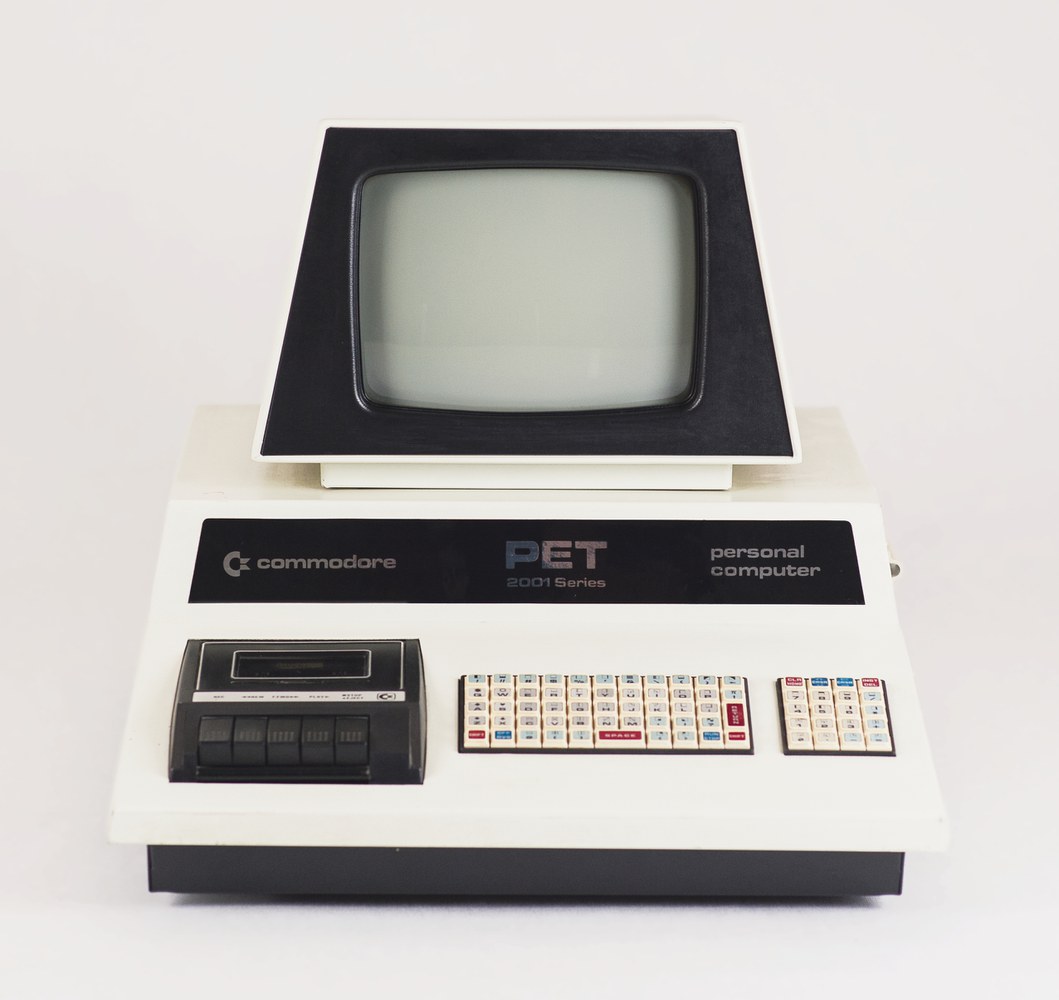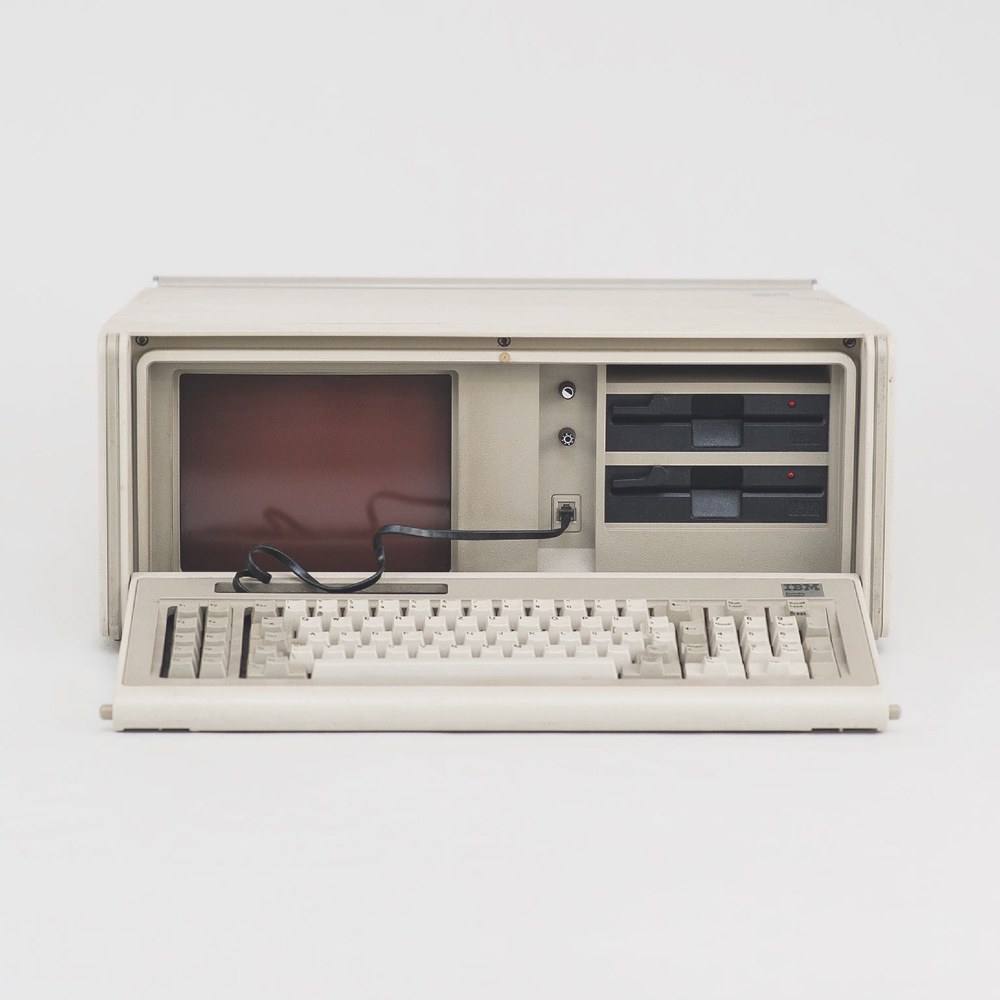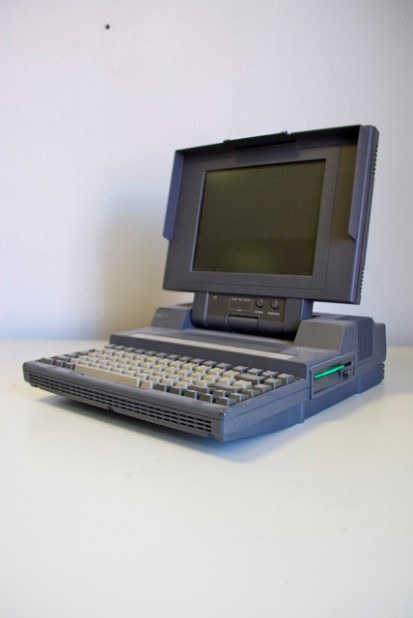Old and new objects from the university’s collections play a central role in the exhibition in the Humboldt Laboratory. Computers from the C.A.S.E collection show how rapidly technology – and its significance for science – has developed in recent decades.
Not so long ago they represented the state of the art, but today the clunky, beige-coloured boxes look old-fashioned. Nine computers from the years 1977 to 2004 will be on display in the Humboldt Laboratory. They provide an insight into the rapid development of information technology – and its significance for university teaching and research.
For example, there is the IBM Portable 5155 from 1985, whose housing looks more like a sewing machine than a computer. From today’s perspective, the term ‘portable’ no longer seems appropriate, as the device weighs around 15 kilos. The nine objects come from the C.A.S.E computer collection of the Centre for Applied Statistics and Economics of the Faculty of Economics. It includes computers, calculating machines and software related to the development of statistics and econometrics.
In the Humboldt Lab, a look at university collections will play a central role. The research and teaching collections are also archives of the history of science, emphasises Dr Gorch Pieken, lead curator of the exhibition. Alexander von Humboldt studied the major issues of his time against a meticulously reconstructed historical background, for which he spent a great deal of time in archives. In the Humboldt Laboratory, current research projects are also examined in their historical development and placed in relation to specific exhibits from the history of science.


